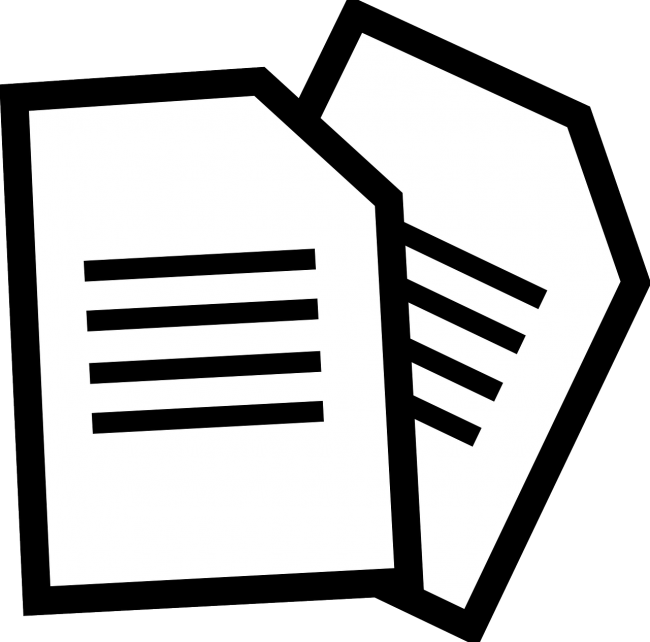How to Make Yourself the Lead Business Analyst Candidate
The title “Business Analyst” is rather broad in nature can take on many different job titles. Depending upon the organization, it can be titled management analyst, business systems analyst, requirements engineer, enterprise analyst and business intelligence analyst, to name a few. As a Business Analyst, your primary purpose is to identify organizational changes needed to improve various areas of operations for stakeholders, as well as develop and implement plans to facilitate those changes. In effect, as a Business Analyst, you act as a sort of pioneer in guiding an organization through uncharted waters and serve as a leader in ensuring continuous improvement.
If nothing else, preparing an effective resume for a business analyst has one thing in common with preparing an effective everyone else: WRITE TO ENGAGE YOUR READER! This means focusing the resume and cover letter on what will solve the reader’s organizational issues, not necessarily what has been important for you to this point. Remember, the purpose of our resume is not to frame it and put it on the wall. Nor is it to impress our friends and family. It is a tool for wedging open the interview door to land a position as a Business Analyst with room to grow.
Here are five critical concepts that one should always look to communicate (either overtly or covertly) on a Business Analyst resume that will speak to the reader’s needs:
Project Scope Definition
One of the main challenges Business Analysts and Project Managers usually have with stakeholders is zeroing in on what is needed from a project in terms of high-priority deliverables. In an effective Business Analyst resume, you want to show your knowledge and skills in determining project goals, deliverables, tasks, functions, deadlines and costs. Have a story of how your skills in protecting against “project scope creep” kept project costs in check? Then you’ll want your resume to reflect that. Do you possess expertise in using tools such as Work Breakdown Structure (WBS) to clarify and define deliverables? Be sure your reader doesn’t have to search high and low for this information.
Organizational Modeling
Depending upon the organization and the project, a Business Analyst can be required to help define the organizational structure. This can mean mapping out the organization’s framework, command tree, communications methodologies and personnel duties based upon organizational mission and goals. If your background includes helping stakeholders in examining and fine-tuning their organizational model to ensure alignment with strategic goals, then make sure your reader knows it. There are various off-shoots of this concepts, such as Dynamic Enterprise Modeling (DEM) and Dynamic Organizational Modeling. If you bring knowledge and skills in these paradigms, be sure your Business Analyst resume displays them.
Project Management
As a Business Analyst, your ability to demonstrate skills in overseeing projects to ensure achievement of goals, timelines and budget is crucial. To ensure success, you are required to prepare schedules, establish budgets, assign tasks to your team and set task deadlines. If you have a track record for preventing cost overruns because of your efficiency in this area, by all means your reader needs to know. Perhaps you have a dynamic skill in securing project resources or experience in applying the Critical Path Method (CPM) design plan tool. Your resume should be clear on this.
Risk Mitigation
Evaluating threats and hazards that can affect an organizational restructuring project and developing action plans to minimize them is an important part of what a business analyst brings to the table. One’s ability to reduce or eliminate the adverse impact of inherent project risks can be of real importance to the hiring authority. Be sure to detail your experience in developing and integrating risk mitigation strategies and their results on your project. Related to risk mitigation (but not the same) is risk management. Your resume should support your talents in both areas.
Contingency Planning
For a skilled business analyst, contingency planning can consist of several sub-concepts that include critical business process analysis (usually performed by business impact analysts), business continuity planning, impact tolerance, disaster prevention and Recovery Time Objective (RTO) determination, among others. Good contingency plans are documented, thoroughly tested, communicated clearly to all critical personnel and consistently maintained to ensure its viability. Your Business Analyst resume should convey your expertise in reducing risk levels and stakeholder costs.
Of course, an effective Business Analyst resume will be about much more than concept inclusion. Strategic placement, spacing and emphasis of these vital concepts plays an important role in whether your weary-eyed reader picks up on those concepts and gives you a call, or misses them and tosses your resume in the trash. Remember, you have less than 15 seconds to impress. But at the very least, knowing the concepts to integrate can go a long way in beating out the dozens (sometimes hundreds) of competitors who won’t even properly target their reader.








